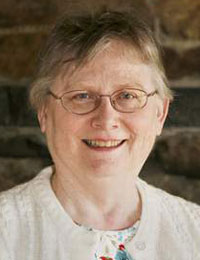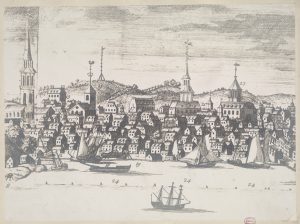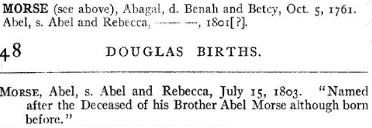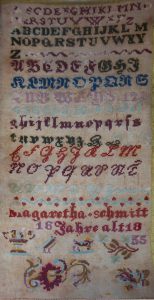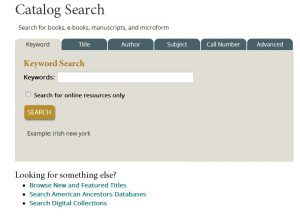
Whenever I am working in records or sites from another country – and thus not in the English language – I do my best to leave them in that language, especially if my only option for translation is that which is built into the browser software. A recent consultation request brought this issue front and center.
The request for the consultation was confirmation that the two families the researcher had found in the 1910 census were indeed the same family. Continue reading Weeding by another name


